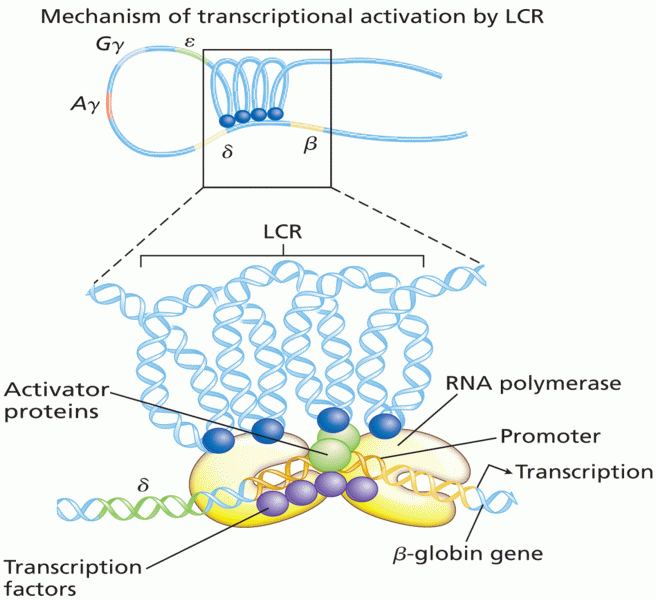This topic contains a solution. Click here to go to the answer
|
|
|
Did you know?
Ether was used widely for surgeries but became less popular because of its flammability and its tendency to cause vomiting. In England, it was quickly replaced by chloroform, but this agent caused many deaths and lost popularity.
Did you know?
The highest suicide rate in the United States is among people ages 65 years and older. Almost 15% of people in this age group commit suicide every year.
Did you know?
On average, the stomach produces 2 L of hydrochloric acid per day.
Did you know?
More than one-third of adult Americans are obese. Diseases that kill the largest number of people annually, such as heart disease, cancer, diabetes, stroke, and hypertension, can be attributed to diet.
Did you know?
Thyroid conditions may make getting pregnant impossible.
 A biological profile from the bony remains of an individual may be preferable to a DNA profile for a
A biological profile from the bony remains of an individual may be preferable to a DNA profile for a
 A typical evaporative emission control system. Note that when the computer turns on the canister ...
A typical evaporative emission control system. Note that when the computer turns on the canister ...





